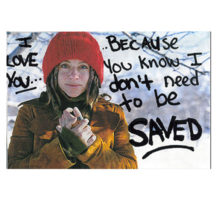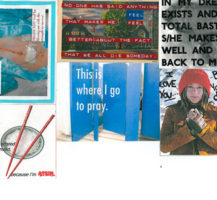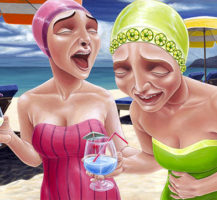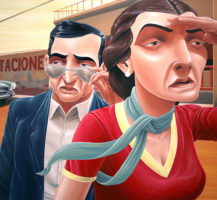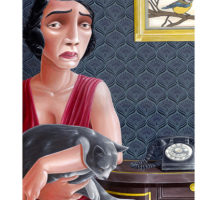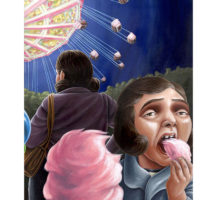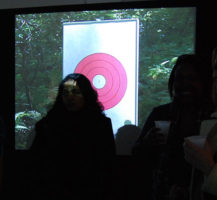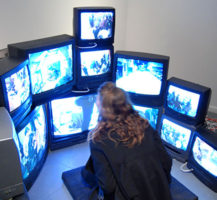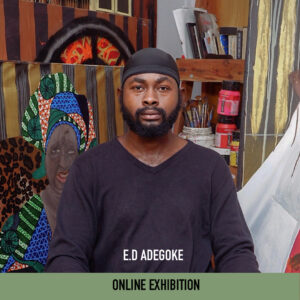June 2009
Post Secret: Confessions on Life, Death, and God
In November 2004, Maryland resident Frank Warren launched a community art project that would soon become a worldwide phenomenon known as PostSecret. By handing out postcards and leaving them in public places around Washington, DC Warren invited strangers to anonymously send him their secrets. Within one month, Warren received more than 150 postcards and today he has collected over 350,000 postcards…and counting! PostSecret: Confessions on Life, Death and God takes its title from Warren’s fifth book, scheduled to be released this fall. The displayed postcards unearth a myriad of private thoughts concerning spirituality, religion and faith. Addictively compelling, the cards reveal our deepest fears, desires, regrets and obsessions. Warren calls them “graphic haiku,” beautiful, elegant and small in structure but emotionally powerful.


